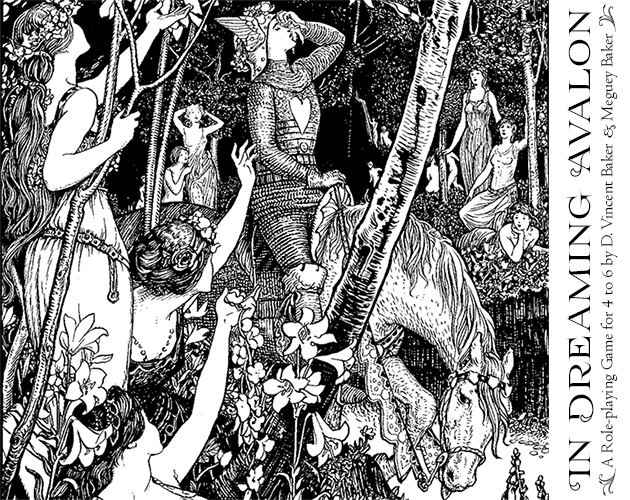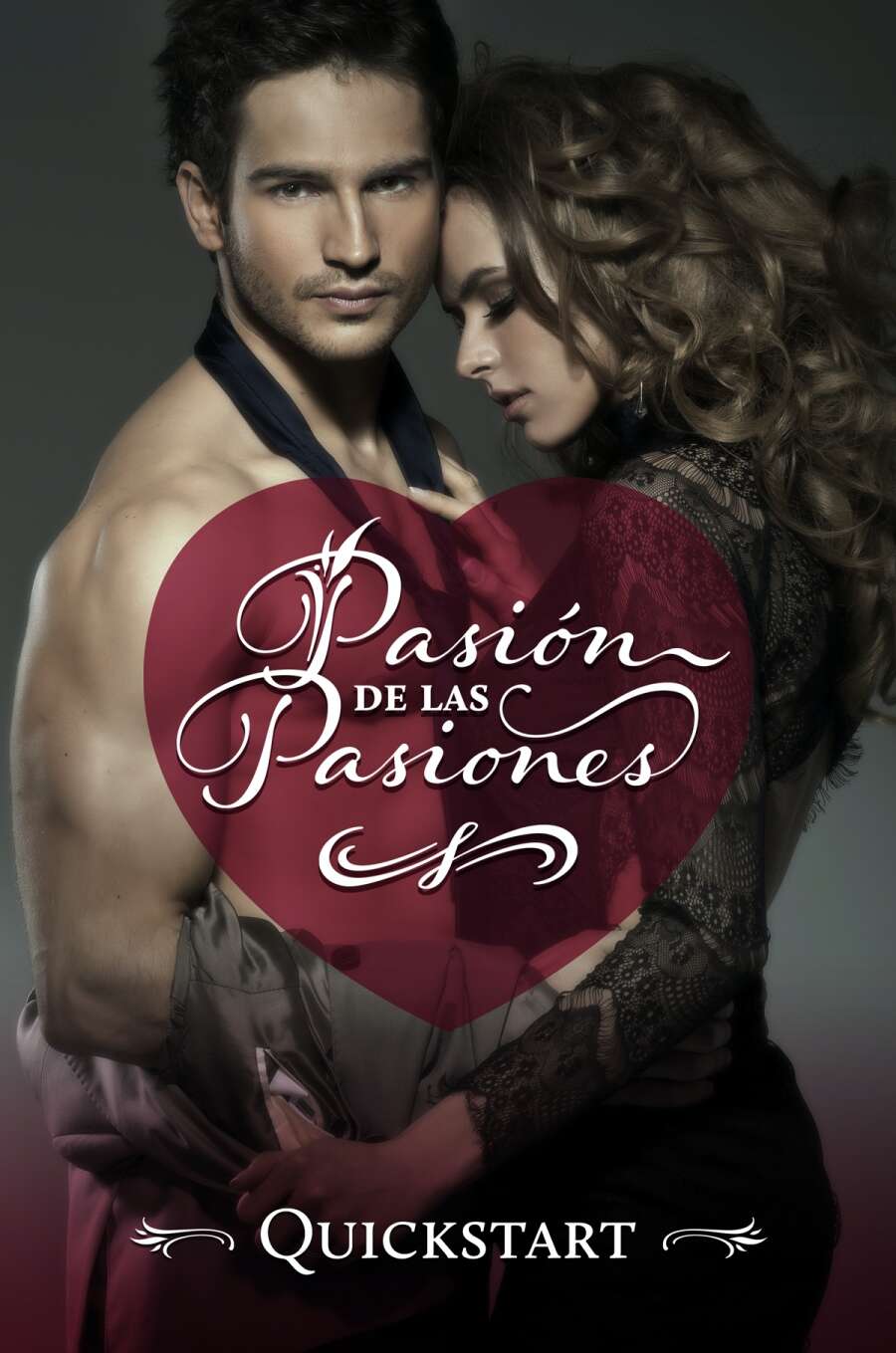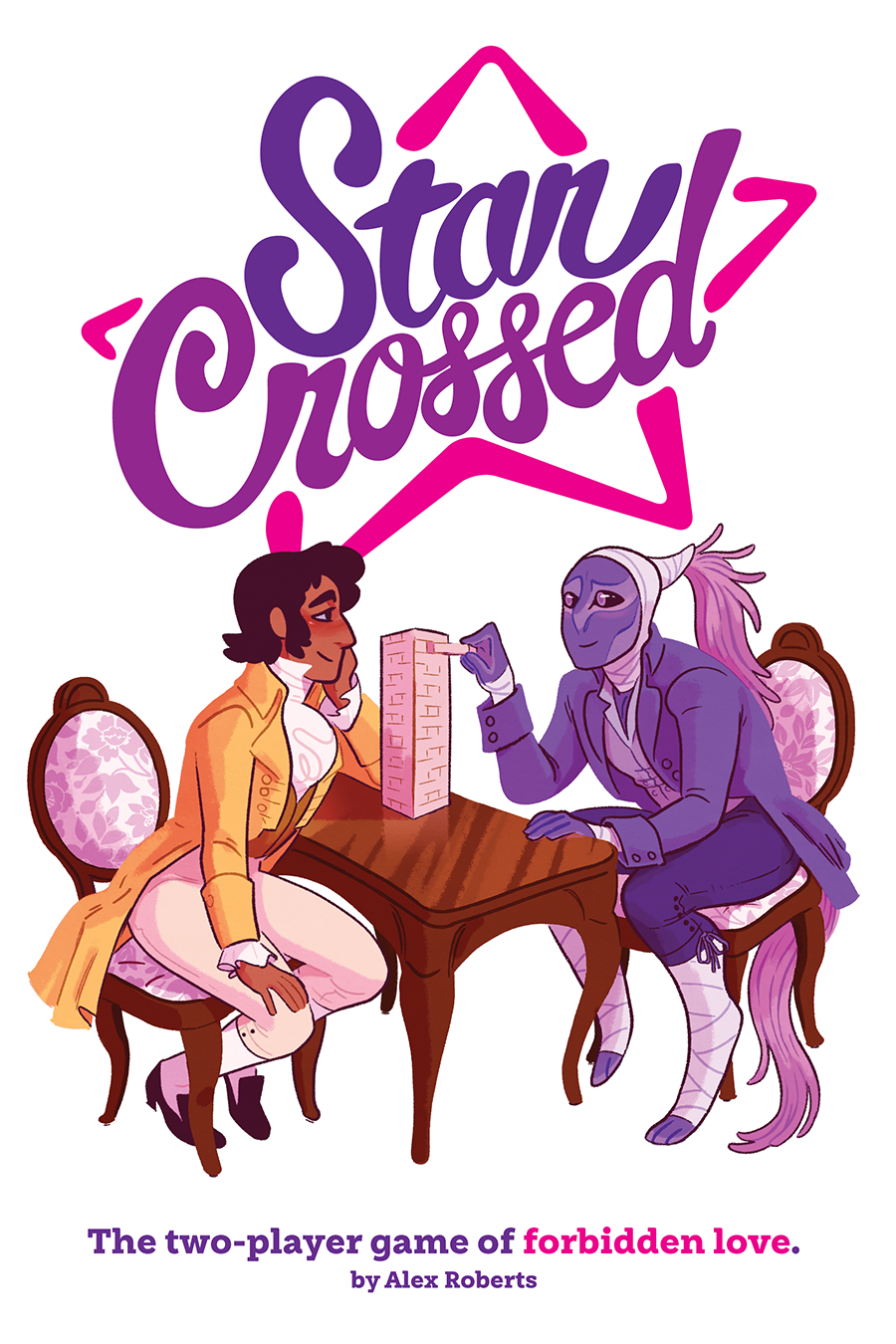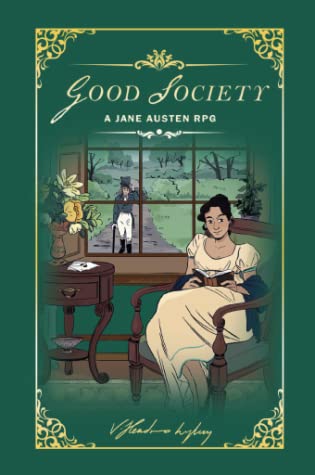It's the little things, like hand choreography...
It’s no surpise to anyone, that I, a self-described lover of yearning, absolutely go feral for a lingering hand touch, a little hand spasm, a tight grip of the hand… you know what I’m talking about. I love the little micro movements of tension that people sometimes describe in games, and you can bet that if I’m watching a scene unfold where someone reaches forward to touch someone else’s cheek, I am dying in the chat. My favorite genre of visual media (and, let’s face it, any media) is the “people looking longingly at each other for a long time and maybe there’s a jaw twitch or hand flex and they really want to express their feeling but just can’t” genre.
Anyway, I’ve been thinking a lot recently about how I describe my character’s movements and actions in games. While I watch things on Netflix, I’ve assigned a part of my brain to consider what I can learn from how characters interact with each other and how their actions and body language might help build an idea of what they’re thinking, feeling, or otherwise reveal a part of their internal self. Like, what does the slight hesitation before someone turns away mean? What does it mean if someone angles their body away while talking to someone and talks at the wall instead? For me, I’ve realized that taking a little time to describe my character’s body language can help me get a grasp on what they might be thinking and also help me convey that to my fellow players. Something I keep bumping up against is… how do I remember to describe what my character is doing, especially in games or scenes that are less action based, or where the relationship is less intimate?
I’ve definitely played a lot of scenes where I’ve just responded with dialogue in character and sort of entirely forgotten to give my character something to do with their body. And I don’t think there’s anything wrong with that! Dialogue is important and getting points across (or just vibing) can happen entirely in dialogue! But sometimes after those scenes I end up wishing I knew what my character had been doing (were they sitting? pacing? shifting their weight from foot to foot nervously?). (And sometimes, I retroactively say things like “okay, this entire time they’ve been folding clothes and putting them away”)
 All of this thinking made me list in my head games where there are mechanics to support the description of action (outside of combat, which is another area where it is useful to ground things in action). The first thing that leapt to my head was the Firebrands system (by D. Vincent and Meguey Baker). Games using the Firebrands system consist of a variety of mini-games that players can choose. These thematic mini-games usually come with a series of prompts that players answer among themselves. In particular, the mini-games “A Dance,” “Stealing Time Together,” and “Meeting Sword to Sword” involve prompts like “My hair has fallen in front of my hear. Do you touch my face?”, “I touch your wrist. May I?”, and “We lock swords and your mouth is near my ear. What do you say?”. I love that these prompts involve somewhat granular, detailed actions (as opposed to, something like “we dance together”). I really feel like they help develop a keen physical connection between the characters and this is something that has been carried to other games based on that system.
All of this thinking made me list in my head games where there are mechanics to support the description of action (outside of combat, which is another area where it is useful to ground things in action). The first thing that leapt to my head was the Firebrands system (by D. Vincent and Meguey Baker). Games using the Firebrands system consist of a variety of mini-games that players can choose. These thematic mini-games usually come with a series of prompts that players answer among themselves. In particular, the mini-games “A Dance,” “Stealing Time Together,” and “Meeting Sword to Sword” involve prompts like “My hair has fallen in front of my hear. Do you touch my face?”, “I touch your wrist. May I?”, and “We lock swords and your mouth is near my ear. What do you say?”. I love that these prompts involve somewhat granular, detailed actions (as opposed to, something like “we dance together”). I really feel like they help develop a keen physical connection between the characters and this is something that has been carried to other games based on that system.
 Maybe this is something that prompt based games do well? Since there’s already action built in to the text of the game, it solves my problem (maybe it’s just a me problem) of forgetting that my characters have bodies sometimes. Games that have moves can also have this effect of prompting players to describe how they’re moving or what they’re touching; I’m thinking of a move from Pasión de las Pasiones (by Brandon Leon Gambetta):
Maybe this is something that prompt based games do well? Since there’s already action built in to the text of the game, it solves my problem (maybe it’s just a me problem) of forgetting that my characters have bodies sometimes. Games that have moves can also have this effect of prompting players to describe how they’re moving or what they’re touching; I’m thinking of a move from Pasión de las Pasiones (by Brandon Leon Gambetta):
When you express your love passionately or demand what you deserve by riling someone up while remaining aloof, add the question ‘Are you physically touching them?’ to the list of questions for the move.
It’s a little more open-ended than a prompt, but it does put it out there and lead players to work toward that scene, if they’re interested.
 Another game that I thought about while thinking about characters and describing how they move was Star Crossed (by Alex Roberts). In Star Crossed, players describe what their characters say and do (working from a broad set of moves), draw bricks from a Jenga tower, and continue taking turns setting scenes until the tower collapses. The moves in Star Crossed encourage the description of character movements (something each player can do an unlimited number of times) but place a particular importance on who initiates the touch and whether the touch was intentional or unintentional. Based on which character is the Lead or the Follow, unintentional vs intentional touches has a particular weight and can only be done a certain number of times. I like the way this game encourages thinking about where the characters interact physically, much like a dance.
Another game that I thought about while thinking about characters and describing how they move was Star Crossed (by Alex Roberts). In Star Crossed, players describe what their characters say and do (working from a broad set of moves), draw bricks from a Jenga tower, and continue taking turns setting scenes until the tower collapses. The moves in Star Crossed encourage the description of character movements (something each player can do an unlimited number of times) but place a particular importance on who initiates the touch and whether the touch was intentional or unintentional. Based on which character is the Lead or the Follow, unintentional vs intentional touches has a particular weight and can only be done a certain number of times. I like the way this game encourages thinking about where the characters interact physically, much like a dance.
 Some of the challenge I face with remembering to describe how my character moves or interact with the scene might be that I play a lot of Good Society (by Storybrewers RPG), or games with a lot of free-style scene setting, and there aren’t really built-in mechanics that prompt describing movement or action. That said… Good Society has this lovely little collaboration document that include’s a “Things We Want to See” section, and I am 100% that person typing “one (1) hand touch” or “a hand under the chin…” unless other people get there first.
Some of the challenge I face with remembering to describe how my character moves or interact with the scene might be that I play a lot of Good Society (by Storybrewers RPG), or games with a lot of free-style scene setting, and there aren’t really built-in mechanics that prompt describing movement or action. That said… Good Society has this lovely little collaboration document that include’s a “Things We Want to See” section, and I am 100% that person typing “one (1) hand touch” or “a hand under the chin…” unless other people get there first.
Which leads to my final musing: even if I want to see lingering hand touches or indulgent descriptions of a clenched jaw… not everyone might want that! And that’s totally fine! (This is why I love setting expectations with a chat during session zero or having it built into the game’s setup.) I also think it’s important to respect the autonomy given to characters to refuse a touch or manipulation. Personally, I’m glad when people just check in before their character grabs mine or does anything particularly passionate, especially if I don’t know them super well.
Anyway, this was a lot of words of me just musing about how much I love hearing actions described in play. What are other games that do a good job at bringing physicality into the game? How do you think about describing character actions? What is your favorite lingering hand touch in media?